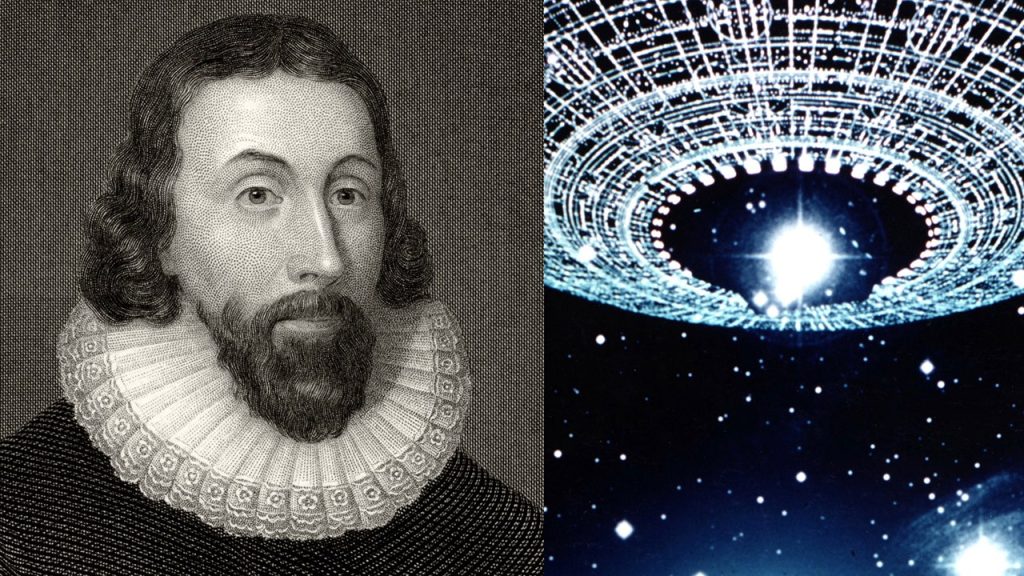Unidentified flying objects, or UFOs, have fascinated Americans since the earliest days of colonial settlement. The first known UFO encounter in America was recorded in 1639 by John Winthrop, a prominent figure in American history and the leader of the Massachusetts Bay Colony. Winthrop’s journal, which served as a cornerstone of Massachusetts historical scholarship, detailed several UFO sightings that have generated recent interest with the government and military officials admitting to studying UFOs for decades. Despite being a serious and devout Christian, Winthrop diligently recorded these unexplained phenomena during his leadership of the fledgling colony in early America.
Born in England, Winthrop left for the New World in 1630 to establish the Massachusetts Bay Colony and famously delivered the “city upon a hill” sermon, which has since been quoted by generations of Americans. Throughout his life, Winthrop maintained detailed records of his experiences, including encounters with mysterious aerial phenomena. Despite the skepticism around UFO sightings, experts like Nick Pope argue that most witnesses, such as Winthrop and his contemporaries, were serious and credible individuals. Winthrop reported multiple UFO sightings in his journal, including lights arising from the water and strange objects moving across the sky, sparking debates and interpretations among researchers.
Winthrop’s UFO encounters remain enigmatic and unresolved to this day, adding to his legacy as a key figure in American history. His detailed journal entries, which may have been overlooked for years, shed light on the historical presence of unexplained aerial phenomena. Despite being a respected leader and diligent record-keeper, Winthrop’s accounts of UFO sightings challenge traditional understandings of early American history. His burial site in Boston and the town of Winthrop continue to honor his memory, reflecting his lasting impact on the region and the nation.
The UFO sightings recorded by Winthrop in the 17th century highlight the longstanding history of mysterious aerial phenomena, predating modern accounts of flying saucers and other UFO encounters. While some explanations, such as swamp gas, have been proposed for these sightings, the unexplained nature of these events continues to intrigue researchers. Winthrop’s role in shaping early American society, combined with his documentation of these enigmatic phenomena, adds a layer of complexity to his historical legacy. Despite the passage of centuries, the mystery of these UFO encounters endures, raising questions about the intersection of history, religion, and the unexplained.
The link between Winthrop’s UFO sightings and broader themes of early American history, religion, and exceptionalism underscores the complexity of his legacy. His role in establishing the Massachusetts Bay Colony and articulating the concept of a “city upon a hill” shaped American identity and ideals. The enduring presence of UFO sightings in his journal entries challenges traditional narratives of colonial history, underscoring the multifaceted nature of early American encounters with the unknown. As researchers continue to explore the historical context of UFO sightings, the legacy of figures like Winthrop offers insights into the intersection of faith, governance, and unexplained phenomena.
In conclusion, the enigmatic UFO sightings recorded by John Winthrop in the 17th century reflect a broader history of unexplained aerial phenomena in early America. These sightings challenge traditional narratives of American history and highlight the complexity of figures like Winthrop who played significant roles in shaping the nation. As researchers continue to explore the historical context of UFO encounters, the legacy of Winthrop and others offers valuable insights into the intersection of faith, history, and the unexplained. The enduring mystery of these sightings underscores the enduring fascination with UFOs and their impact on American popular culture.


